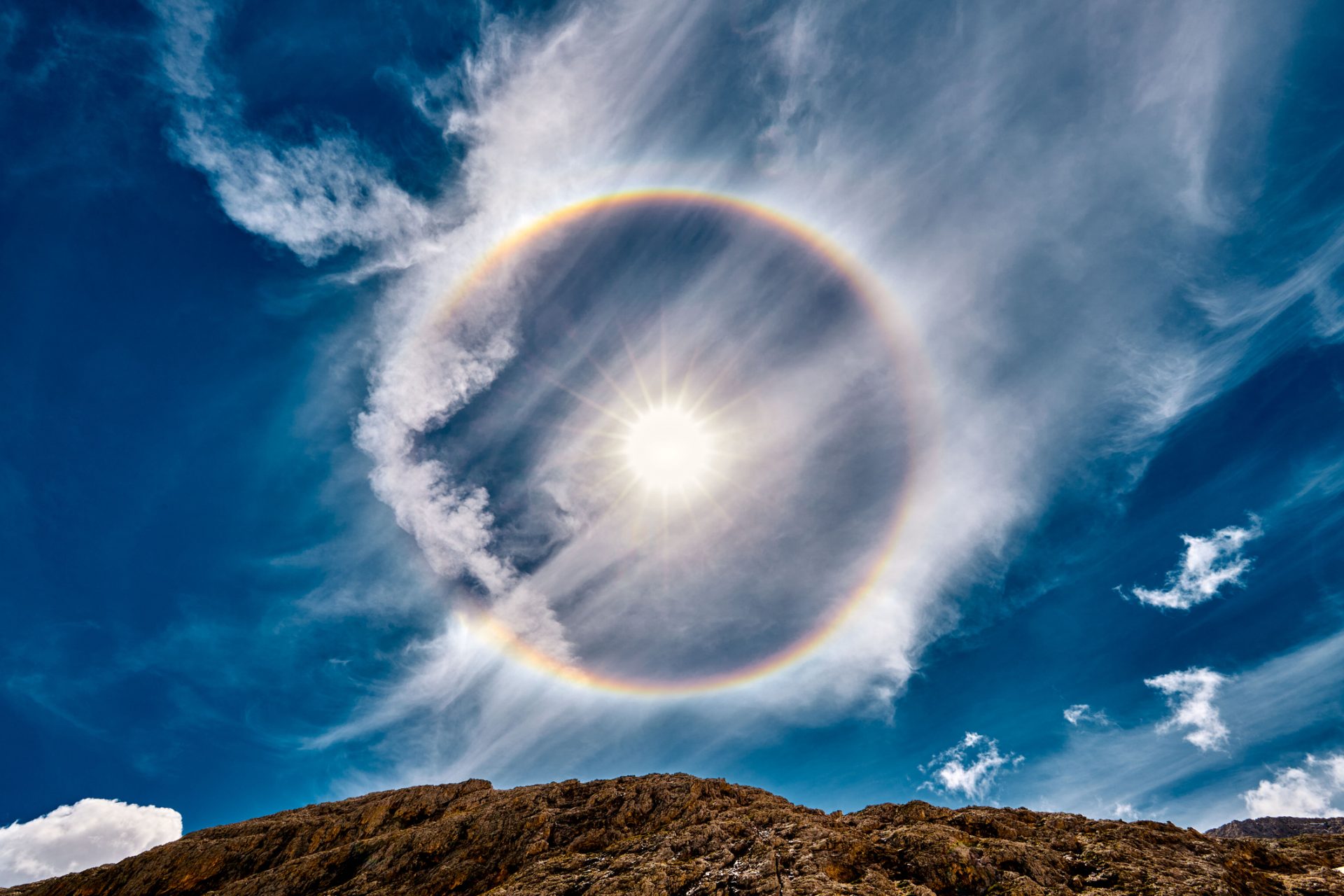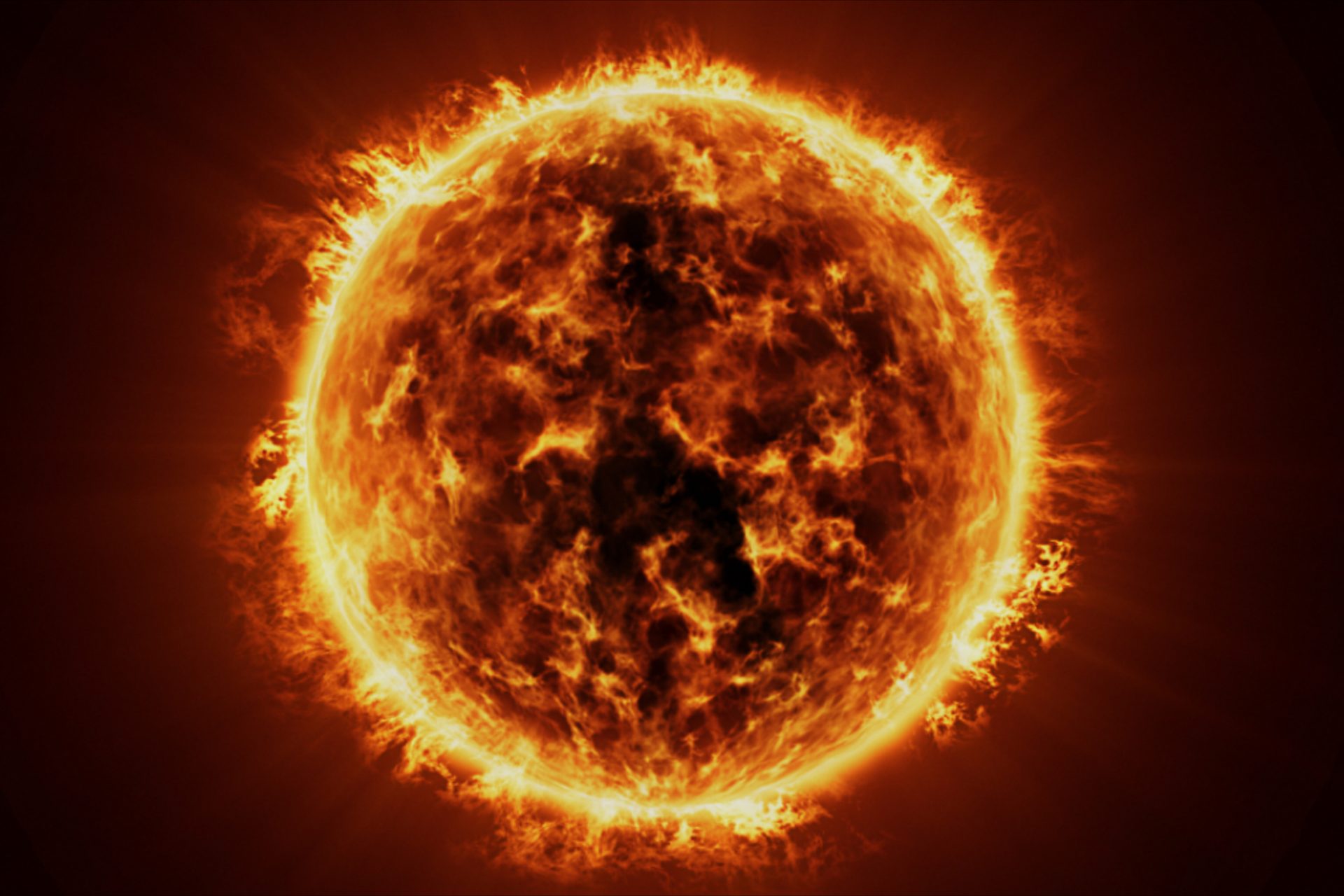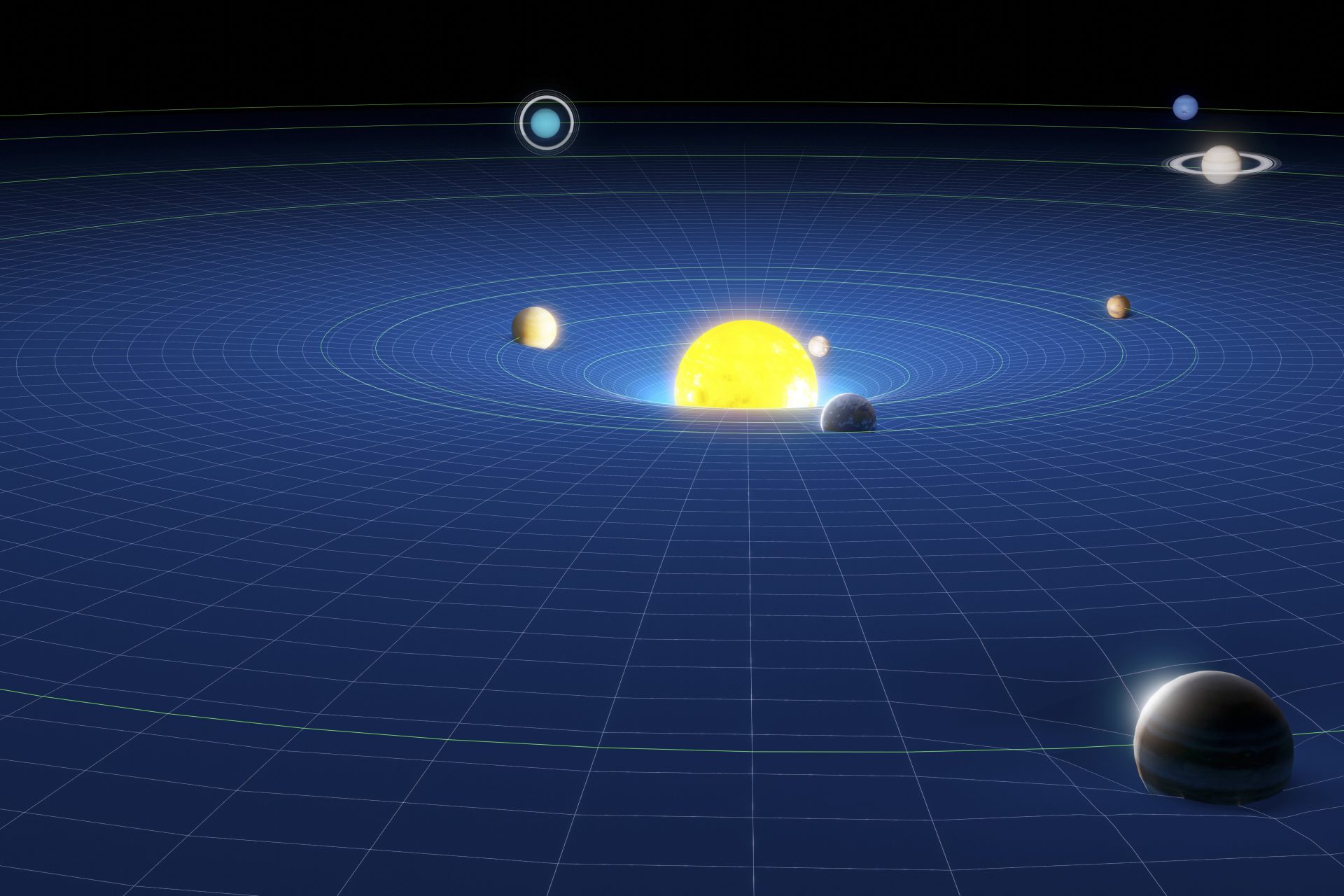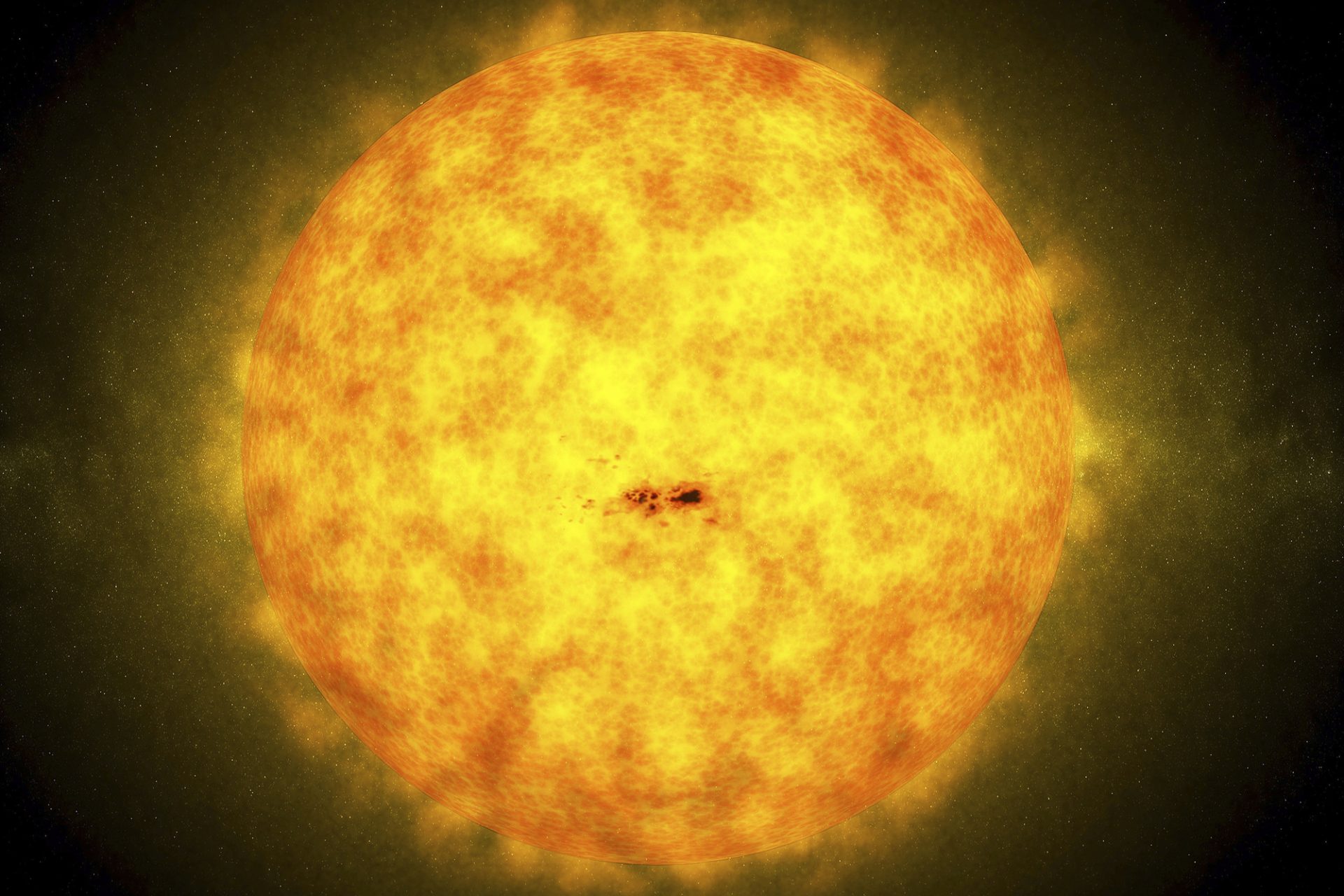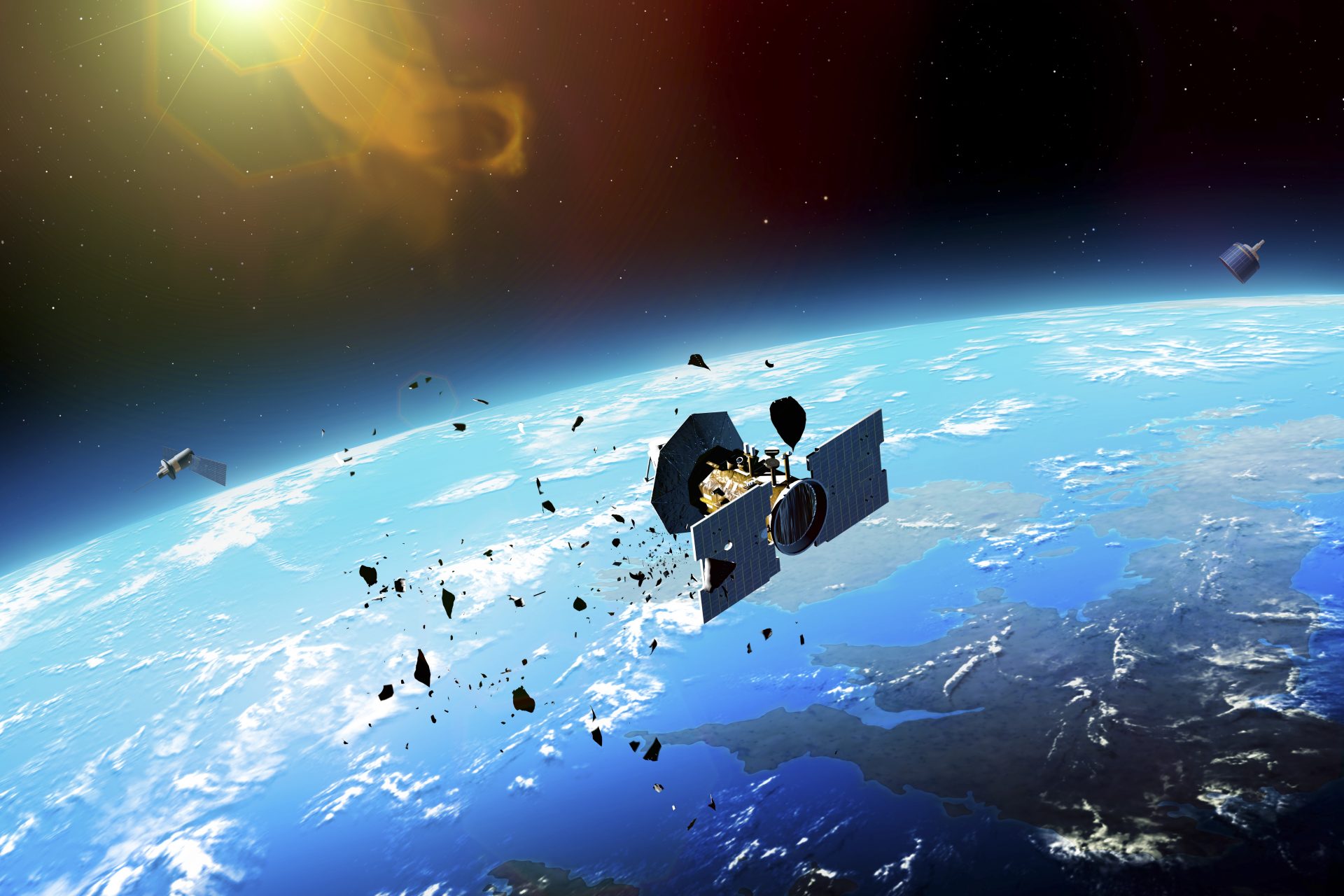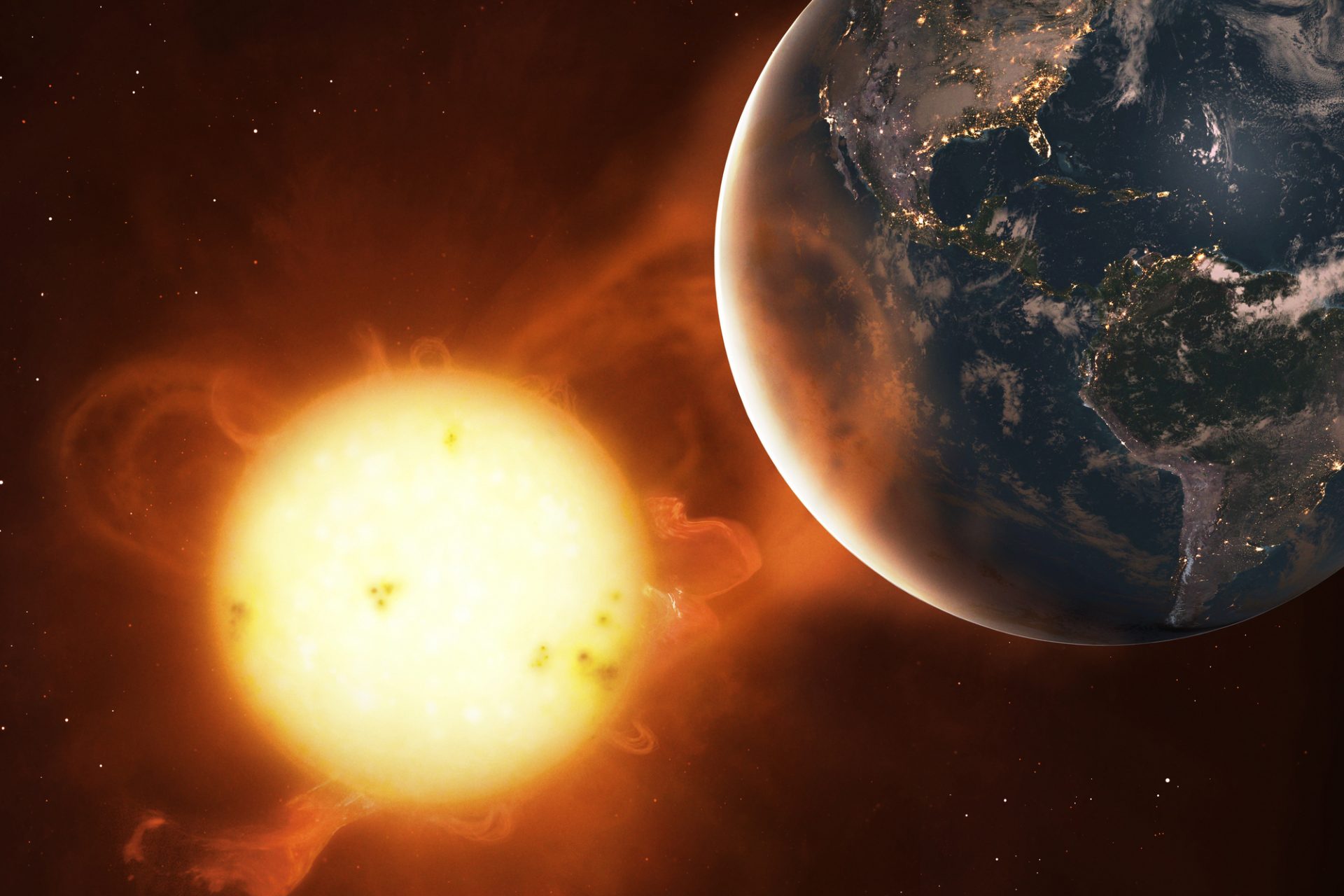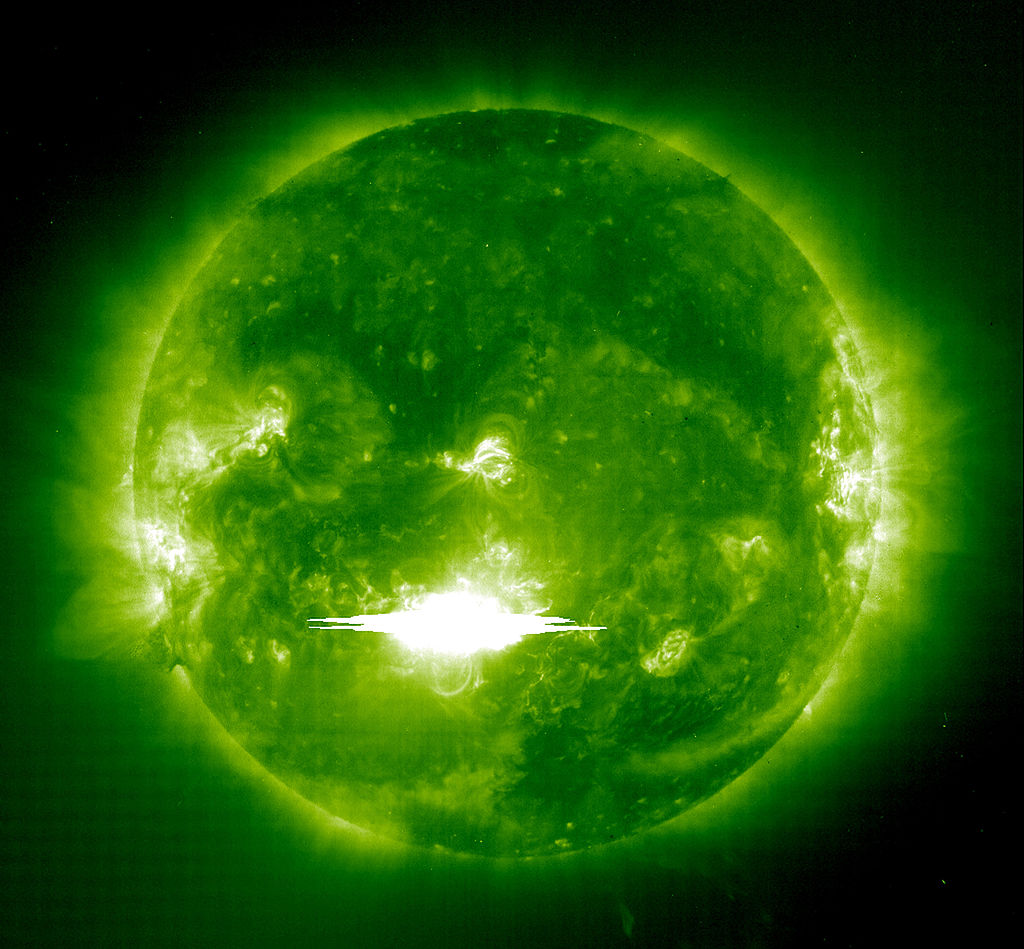The mysteries of our sun: there are still many things astronomers don't understand
Modern technology has vastly improved our knowledge of the cosmos and our place in it. But new tools and tech still yielded any provided answers to some of humanity's most pressing mysteries about the star at the center of our galaxy. Let's take a look at some of the things we don't know.
One of the biggest mysteries about the sun is called the coronal heating problem. It sounds complicated, but the issue is rather simple and was explained by solar physicist Ryan French for Space.com on the sun’s greatest mysteries.
The outermost atmosphere around the outside of the sun is called the corona. This area has a temperature of 1 million degrees Celsius or 1.8 million Fahrenheit, yet the surface of the sun has a much cooler temperature than its coronal area.
Temperatures on the surface of the sun sit roughly at 5,000 degrees Celsius or 10,000 Fahrenheit, which makes the sun’s corona far hotter than the sun’s surface. But that isn’t the mystery, scientists can explain why this is the case.
The mystery that still puzzles researchers about the sun’s coronal temperature isn’t why it's happening, but rather how energy “is transported from the sun's surface to its atmosphere,” according to French. We have theories, but none have been proven.
The second great mystery about our sun is in regards to the solar cycle and something called the sun’s dynamo. Sounds complicated, right? It’s not. We just don’t understand why the sun follows an 11-year solar cycle.
French wrote that “the intricate physics driving the sun's magnetic field from inside the sun—called the solar dynamo—and why that causes 11-year cycles with varying peaks are not yet fully understood.”
Solar flares are essentially really large explosions that originate from the sun as a result of energy stored in magnetic fields. The European Space Agency noted that explosions can cause bursts of radiation across the electromagnetic spectrum in minutes.
Mass coronal ejections often occur alongside solar flares but they can also happen on their own and spontaneously, according to NASA. They also happen as a result of built-up energy in magnetic fields and can damage systems in near-Earth orbit or on Earth itself.
Protecting our planet from solar flares and coronal mass ejections is very important, but we still don’t know how to predict when they will happen, and that’s a big mystery. We figured out when they are likely, but not exactly when they will occur.
“Currently, our forecasting… is probabilistic and reactive. We can determine when [solar flares and coronal mass ejections] have a high likelihood of occurring, but not specifically when one will erupt,” French explained.
To get better at predicting when solar flares and coronal mass ejection events will happen, we first need to “understand the intricate processes that trigger” the events, according to French, which is something we currently don’t know.
One of the greatest mysteries about the sun we still don’t have a handle on is also one of the simplest, we don’t know the chemical composition of our sun. According to New Mexico State University solar physicist Jason Jackiewicz, this can be tricky.
In an interview with Forbes, Jackiewicz explained that we know every element on the periodic table from which the sun is made. What we don’t know is what quantities these elements can be found, which makes the sun’s composition still up for debate.
When asked about what puzzled him about the sun, Jackiewicz said it was higher-order problems like the structure of its deep core, its magnetic fields, solar cycle, and eruptive events.
We know the basics like mass and age, but we have much to learn about the sun’s deeper intricacies. It is here where the limits of our knowledge can be pushed in the future to help us better understand the universe and our place in it.
More for you
Top Stories





